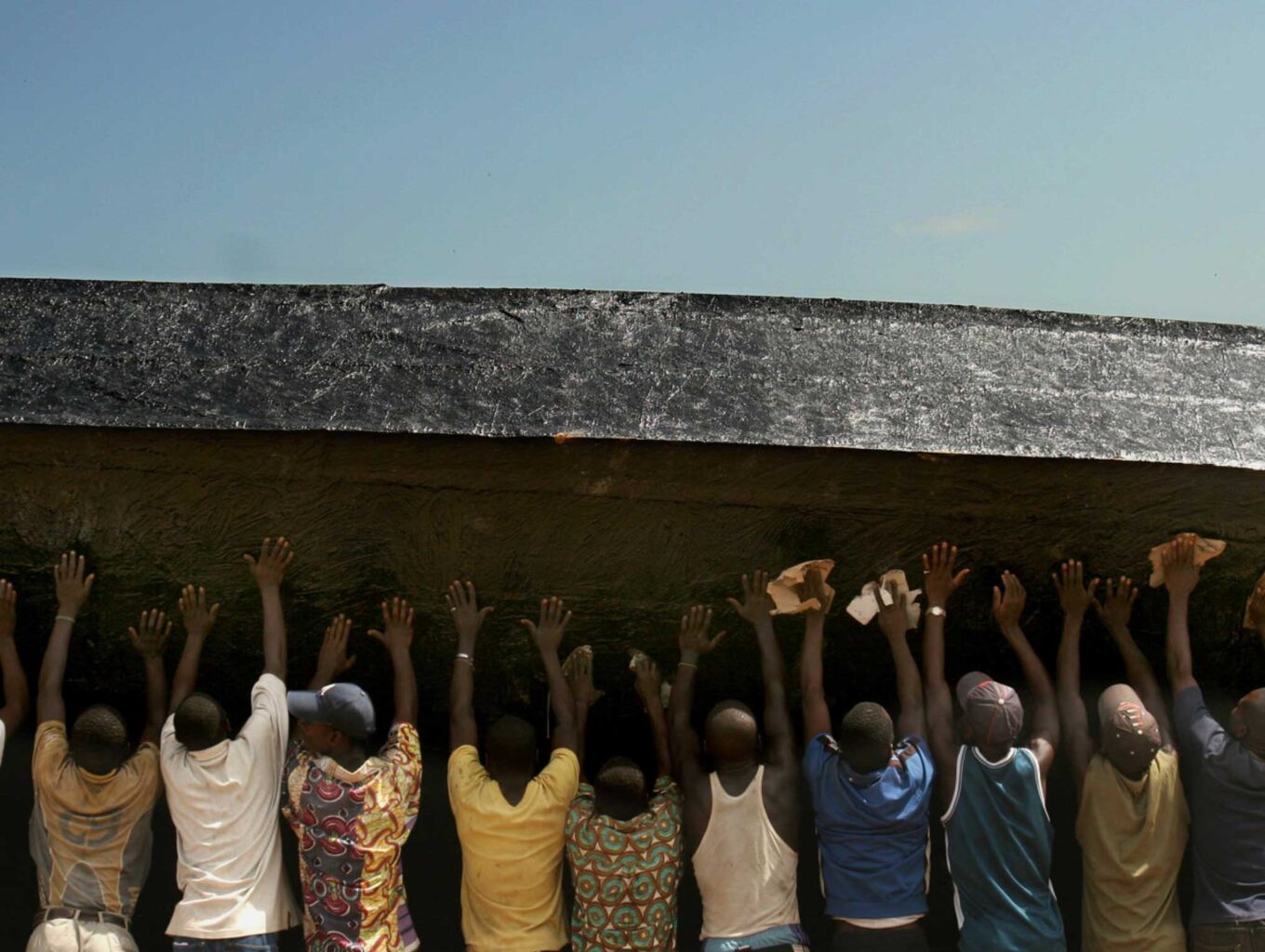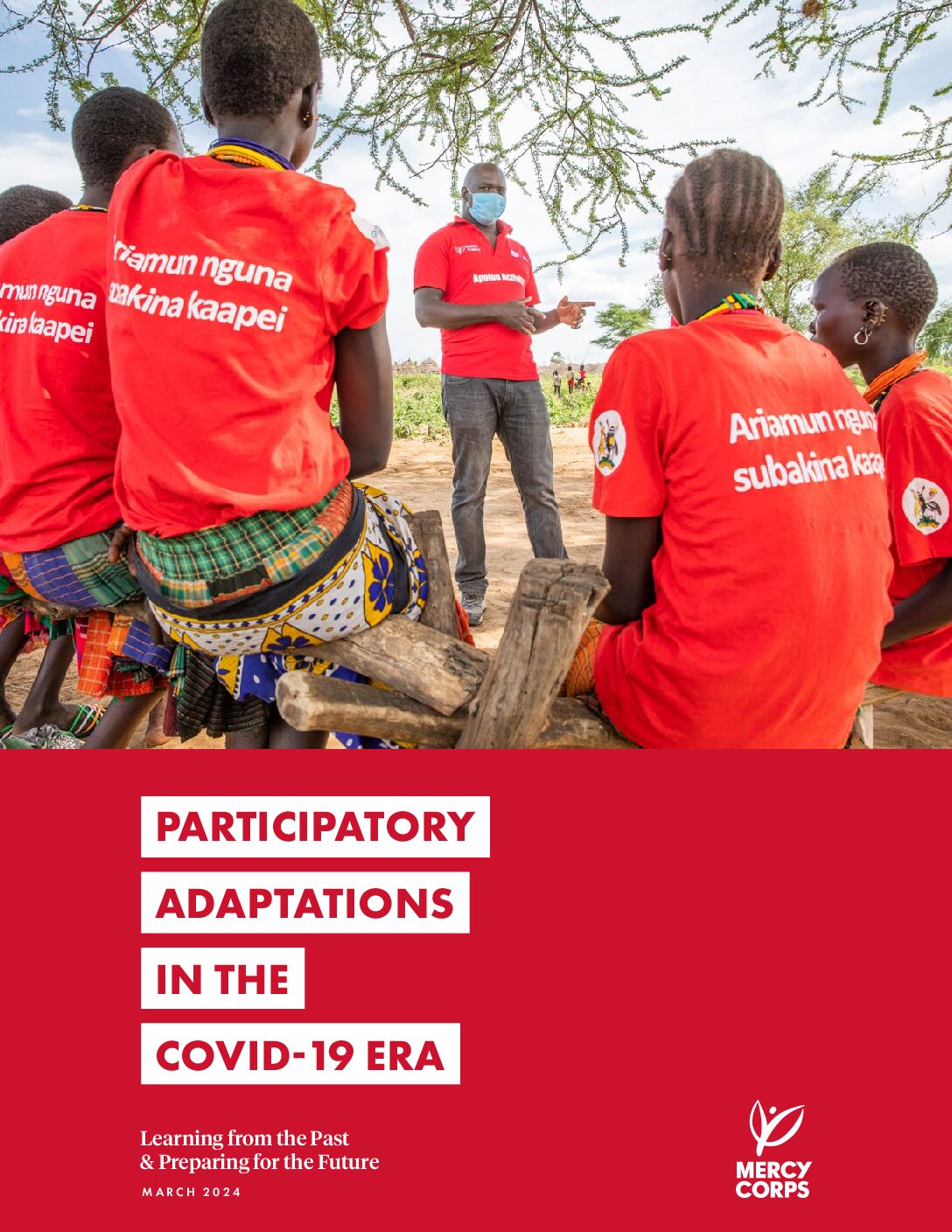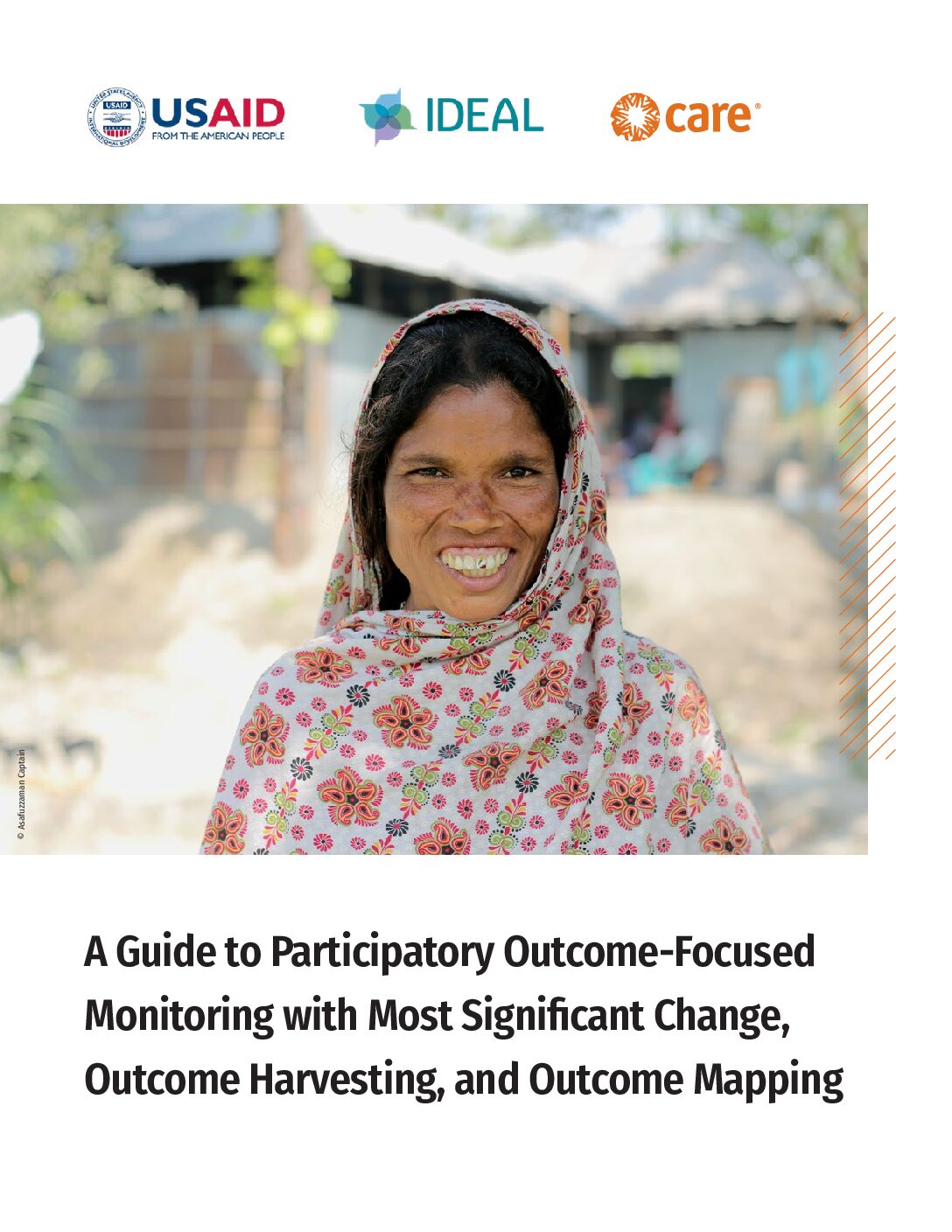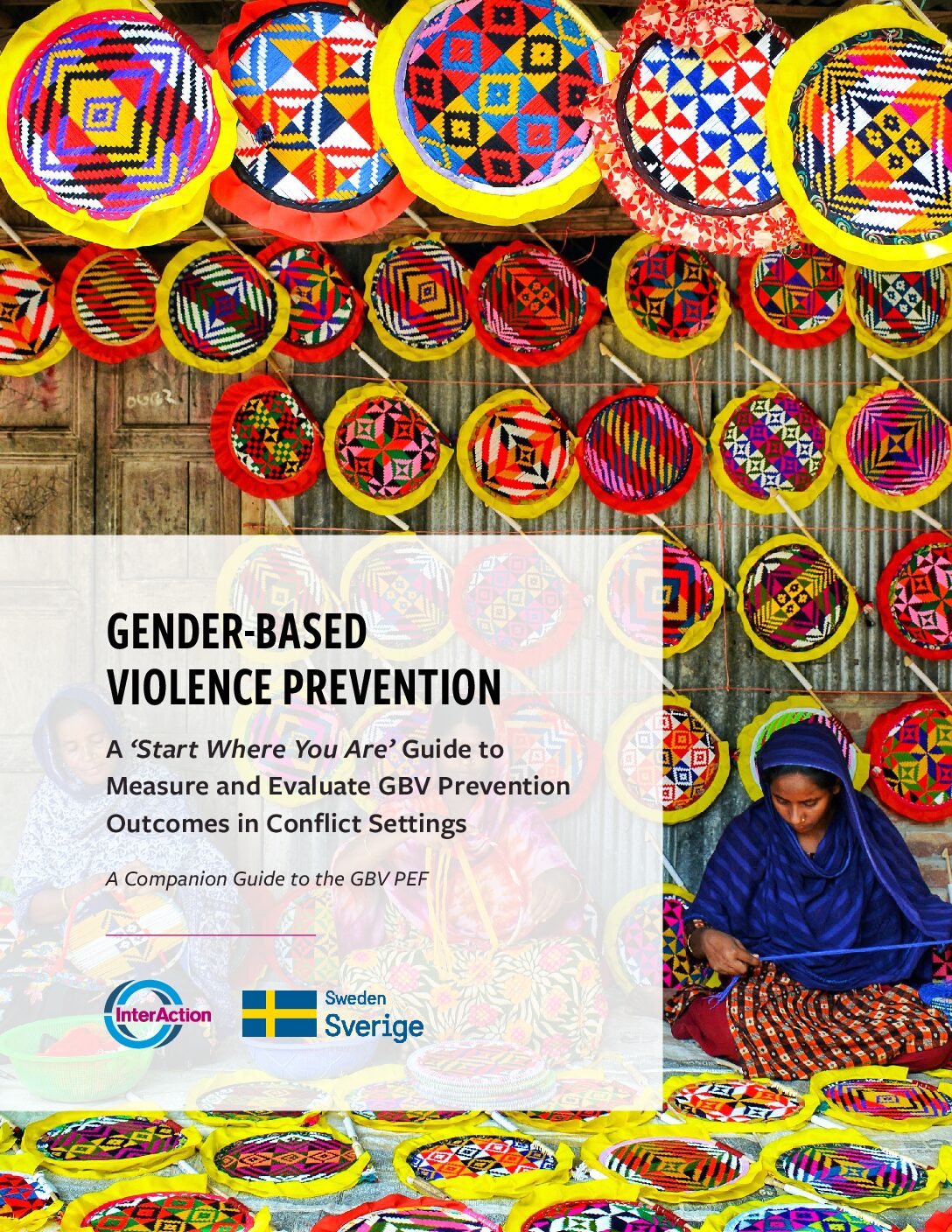Rachel Hastie, Protection Adviser, Humanitarian Department, Oxfam Great Britain and member of the Results-Based Protection Learning & Steering Group
Community-based approaches to protection (CBP) have largely been developed by NGOs in complement to the often more legalistic and state-centric work of mandated protection actors. NGOs have long worked within communities in crisis – including as implementing partners for the major UN agencies – so developing community-based protection work built on their pre-existing strength, experience and networks. Whilst there is anecdotal evidence of its success as an approach it does present some specific challenges in terms of demonstrating results.
Community-based protection recognizes that some of the most important protection actions are those undertake by people at risk themselves – particularly in the immediate face of violence or abuse when international actors are rarely present.
It builds on existing or potential capacities, recognizes people at risk as having agency, ideas, and capacities who have a right to play a central role in determining how others assist them in the risks they face. These actions may take the form of organizational capacity and committees; developing emergency protection plans or early warning systems; using well-connected community leaders to negotiate with armed actors; and practical actions such as collecting water in groups and so on.
‘Community’ is a word we often use lazily with the halo glow of something that is assumed to be automatically positive. Communities are not homogenous, however, and everything that is community driven is not necessarily good. Communities (whatever we mean by that) can be hostile dangerous places for some people and can be fraught with highly damaging gender inequalities, discrimination and abuse, and dangerous attitudes and beliefs. The power relations within communities can be very hard to understand and even very minor interventions and input of resources into a community can change power dynamics for good or bad. Likewise not all self-protection capacity is positive – some coping strategies are harmful and involve unpalatable compromises like paying ‘protection taxes’ to armed groups.
Therefore it is crucial to have a good contextual understanding both to ensure that the right actions are taken and potentially harmful ones avoided, and also to create a baseline for measuring and understanding results. Despite wide recognition that this analysis needs to be ongoing throughout the lifetime of a project or programme, both to respond to changes in the context, and to capture learning during implementation – there remains a tendency to do a ‘point in time’ analysis. Dramatic changes in context get noticed, but gradual changes in trends and risk patterns may not be picked up in a timely manner. Monitoring success against baselines is the ideal, however it can be hard to establish baselines for important elements that can affect how effective self-protection actions by communities are – such as feelings of community cohesion and solidarity.
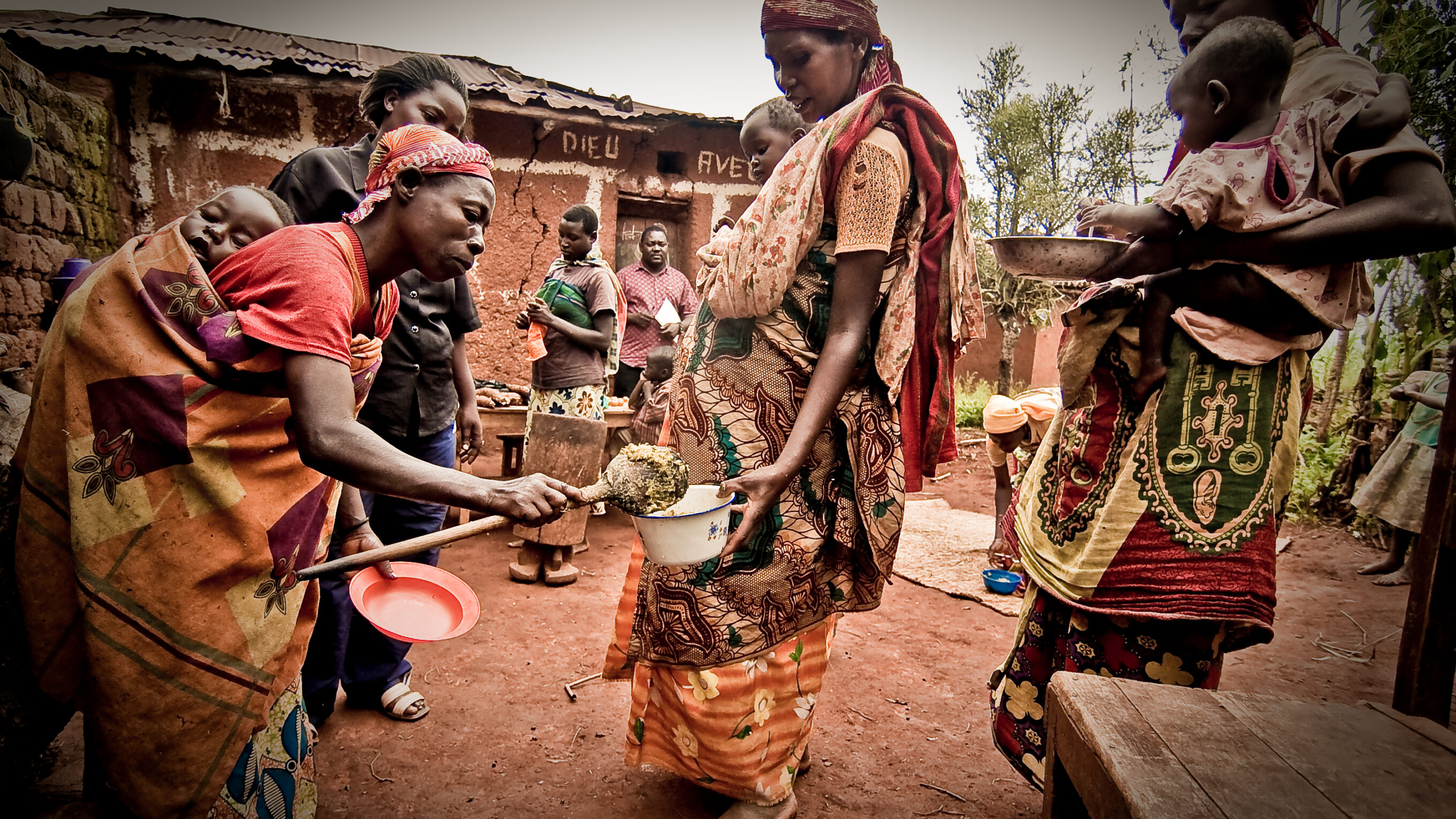
Even though community self-protection is important, we must not let the primary duty bearers for protection off the hook either, by – like Oxfam – combining community-based protection with advocacy targeting duty bearers, or through a coordinated and collaborative overall humanitarian response that includes advocacy actors. The impact of activities such as advocacy, negotiation and representation can be hard to ascertain – the causality and attribution in particular. The recent moves to develop methodologies that identify ‘contributions to change’ offer a good opportunity to look at the impact of collaborative actions and also have a strong emphasis on the community’s own perceptions of change.
Community-based protection designed to deliver results needs to be directly drawn from analysis and specific to the context; build on, co-ordinate and collaborate with other protection stakeholders inc. communities at risk, local authorities, other humanitarian/protection actors; have established baselines, indicators and realistic means of measuring contributions to change that are led by the perspectives of the people at risk themselves; be constantly adapting; include resources (time, people, money, leadership attention) for monitoring and evaluation with a high level of community input; and be able to make an evidence-based statement about its results.
That’s a tough call and I’m sure my colleagues can add more to that list, but no one ever becomes a humanitarian because they want an easy life. I think we have a great opportunity right now to start experimenting with really innovative ways of measuring results in protection work.
